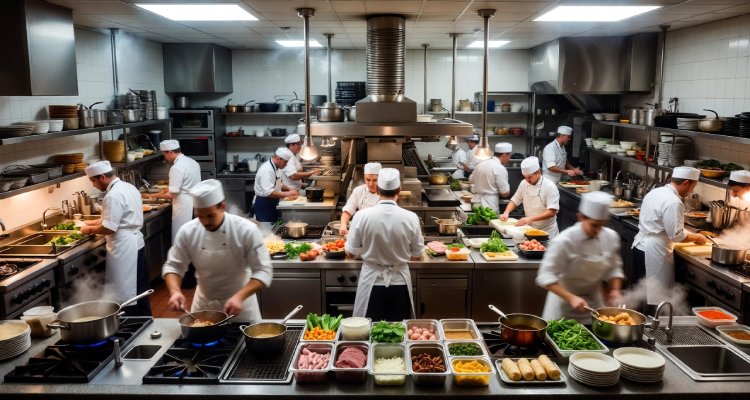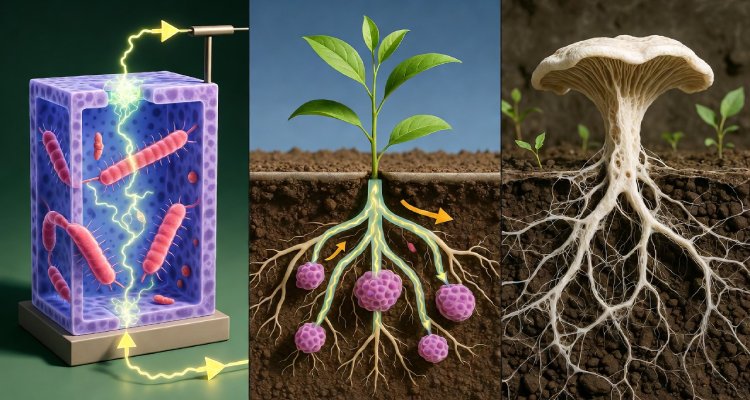Fermentation Nation: Why Old Food Is the New Wellness
Ancient fermentation practices are experiencing a modern revival, with kombucha, kimchi, and kefir redefining gut health and wellness in the 21st century.
Introduction: The Revival of Ancient Alchemy
In a world obsessed with the next big health fad—from keto to cold plunges—one of the oldest culinary arts is suddenly in vogue again: fermentation. What once began as a means of food preservation has now become a cornerstone of wellness culture. From fizzy kombucha bars in Brooklyn to small-batch kimchi subscriptions in California, fermentation is having a cultural and commercial renaissance. But this trend isn’t just about flavor—it’s about the gut, the brain, and the science linking them.
Context & Background: From Survival Technique to Superfood Status
Fermentation, at its core, is the breakdown of sugars by bacteria and yeast. Historically, it was used across cultures to preserve perishables before refrigeration existed. Yogurt in the Middle East, sauerkraut in Germany, miso in Japan, and injera in Ethiopia are just a few global staples born from this method.
Yet it wasn’t until the early 21st century that science caught up with tradition. Groundbreaking research into the gut microbiome—the trillions of microbes living in our digestive tract—began to show how fermented foods might influence not just digestion, but mood, immunity, and chronic inflammation. With gut health emerging as a foundation of overall well-being, fermentation moved from folk practice to functional food.
Main Developments: From Trend to Industry
Today, fermentation isn’t just a health niche; it’s a booming industry. The global fermented food and drinks market is projected to surpass $1 trillion by 2030, according to market research firm Grand View Research. Major grocery chains now dedicate entire aisles to products like kefir, kombucha, tempeh, and natto.
Tech startups and artisan producers alike are innovating. In the U.S., companies like Wildbrine and GT’s Kombucha have scaled ancient processes using modern tech, while farmers’ markets champion small-batch, probiotic-rich creations. Social media influencers on TikTok and Instagram have even turned homemade sourdough into a lifestyle badge.
Fermentation is also finding new forms. “Biohacking foods”—think turmeric sauerkraut or adaptogenic kombucha—are flooding the wellness space, promising everything from anti-anxiety effects to enhanced cognition.
Expert Insight: Gut Health and the Mental Wellness Connection
Dr. Megan Rossi, a registered dietitian and gut health researcher at King’s College London, explains the allure:
“We’ve entered the era of the ‘second brain.’ The gut-brain axis is real, and fermented foods play a critical role in maintaining a healthy microbial ecosystem.”
Rossi emphasizes that regular consumption of fermented foods—particularly a variety—can improve microbial diversity, which has been linked to lower risks of obesity, depression, and autoimmune disorders.
Meanwhile, chef and fermentation evangelist Sandor Katz, author of The Art of Fermentation, sees a cultural shift:
“We’re reconnecting with food in a deep way. Fermentation brings a sense of participation, tradition, and even rebellion against industrialized eating.”
Impact & Implications: Who’s Benefiting—and What’s Next?
This fermentation boom isn’t just about wellness—it’s reshaping food economies and social behaviors. Urban microbreweries are producing craft kombucha, rural cooperatives are preserving indigenous fermentation practices, and restaurants are designing entire tasting menus around pickled and cultured ingredients.
Healthcare professionals are also taking note. In 2021, a Stanford University study found that eating fermented foods daily for 10 weeks led to increased microbiome diversity and decreased inflammation. This could shift dietary guidelines, especially as chronic diseases like Type 2 diabetes and IBD continue to rise.
However, the movement isn’t without challenges. The term “fermented” has no strict regulation, allowing brands to market sugar-laden products under the wellness banner. Nutritionists warn consumers to read labels carefully, prioritizing live cultures and low sugar content.
As fermentation gains mainstream credibility, schools and community centers are also teaching it as a life skill—one that promotes sustainability, self-sufficiency, and cultural appreciation.
Conclusion: Old Food, New Future
What was once labeled “old,” “sour,” or “spoiled” is now being rebranded as elite, intelligent, and essential. Fermentation is more than just a food trend—it’s a symbolic shift toward slower, more intentional living. By tapping into microbial magic, modern society is rediscovering the healing power of ancient food wisdom.
In the age of fast everything, fermentation invites us to slow down, let nature take its course, and nourish ourselves from the inside out. The wellness revolution, it seems, might just be bubbling quietly in a jar on your kitchen counter.
Disclaimer: This article is for informational purposes only and does not constitute medical advice. Please consult a healthcare professional before making any changes to your diet.










